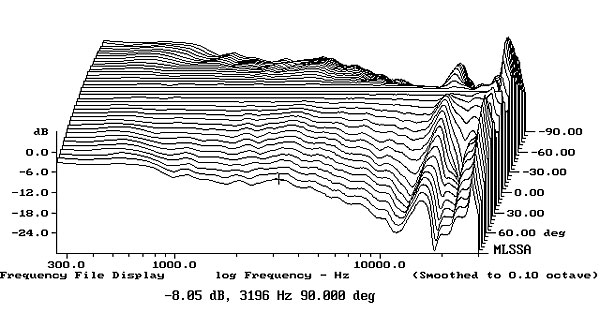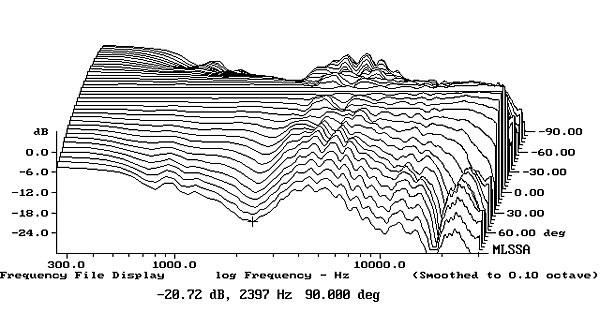Hi Ryder, I think you own shl5+.
Contrary to the OP, I love my shl5+ and love my ls5/9 as well. The SHL5+ are slightly darker then the graham. the graham to me strike a perfect balance between detailed and lively yet not too bright or forward. Think harbeth midrange but more dynamic, faster and seem to convey more nuance. the treble is particularly alive, bright and sparkly yet not too bright. the Harbeth are more polite. The harbeth however have that sort of "magic" that is hard to let go. Im still not sure which ill keep as to be honest both makes me happy and I could easily live with any of them.
the graham image slightly better in that the musicians have more space between each other and there's a very solid phantom center. the harbeth have wonderful imaging but slightly more stuck around the box.
the harbeth have more bass extension which for some music is noticeable but for jazz i dont hear much difference.
I think you will really need to compare both. they sound surprisingly very close to each other to be honest.
about kef ls50 and p3esr, I own both. I find the ls50 are significantly less accurate so not sure how id describe the ls50 if the p3esr are "overated"
Very useful comparisons thank you. I have been considering DeVore O96 speakers: any chance you have heard them to compare to the Graham LS5/9 or LS5/8 ?
Last edited:



